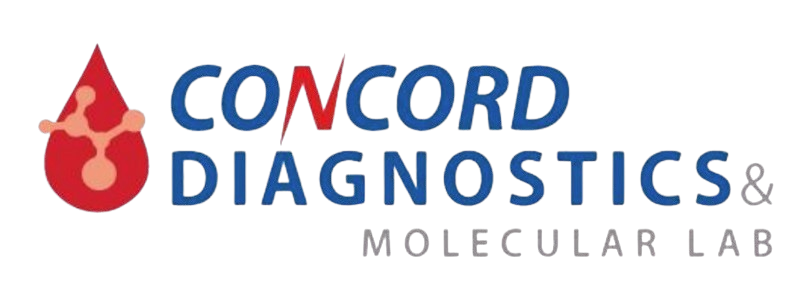In recent years, the healthcare landscape has undergone a revolutionary transformation with the advent of telemedicine. This innovative approach to healthcare delivery has broken down traditional barriers, providing patients with remote access to medical consultations and services. Let’s delve into the mechanics of telemedicine and understand how this virtual healthcare solution works.
- Appointment Scheduling:
The journey begins with patients scheduling appointments through the telemedicine platform of their choice. This can be done via a dedicated app, website, or even a simple phone call. Some platforms also allow for on-demand consultations, providing flexibility for both patients and healthcare providers. - Virtual Waiting Room:
Upon scheduling, patients enter a virtual waiting room where they await their turn for the consultation. This digital waiting area mirrors the experience of a traditional waiting room, eliminating the need for physical presence and saving valuable time for both patients and doctors. - Video Consultation:
The heart of telemedicine lies in the video consultation. When it’s time for the appointment, patients and healthcare providers connect through a secure and encrypted video call. This face-to-face interaction enables doctors to assess symptoms, discuss medical histories, and provide necessary advice or prescriptions. - Digital Health Records:
To ensure comprehensive and accurate care, telemedicine platforms often integrate with electronic health record (EHR) systems. This allows healthcare providers to access patients’ medical histories, ensuring continuity of care and informed decision-making during the virtual consultation. - Prescription and Referrals:
If required, doctors can electronically prescribe medications and offer referrals for in-person visits or specialized care. Telemedicine platforms often facilitate seamless communication between healthcare providers, ensuring that patients receive the necessary follow-up care. - Remote Monitoring and Follow-Up:
For ongoing conditions, telemedicine extends beyond the initial consultation. Remote monitoring tools, such as wearable devices or patient-reported data, allow healthcare providers to keep track of patients’ health progress. Follow-up consultations can then be scheduled as needed. - Pharmacy Integration:
To enhance convenience, some telemedicine services integrate with pharmacies, enabling patients to have their prescribed medications delivered to their doorstep. This feature reduces the need for physical visits to pharmacies, particularly beneficial for those with mobility issues or living in remote areas. - Secure Communication:
Maintaining patient confidentiality and data security is paramount in telemedicine. Platforms utilize advanced encryption and security measures to protect patient information, ensuring compliance with healthcare privacy regulations.
Telemedicine has emerged as a transformative force in healthcare, offering accessible, convenient, and efficient virtual medical services. By understanding the seamless process through which telemedicine works, patients and healthcare providers alike can embrace this digital evolution, fostering a new era of healthcare delivery that transcends geographical boundaries and prioritizes patient well-being.

